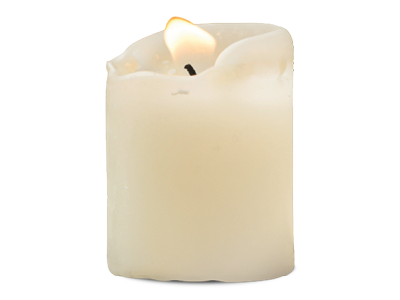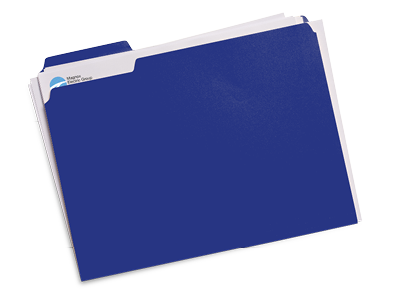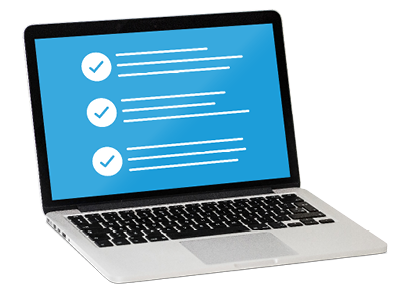Reporting a death and what happens next
If you're dealing with the death of a Scheme member, you'll find everything you need to know below.
How to report the death of a member of the Magnox Scheme
If the member was still paying contributions into Scheme when they died, you will need to contact their employer. The employer will then report the member’s death to the scheme administrator, Broadstone.
If the member had stopped paying into their pension before they died, you need to report their death to Broadstone yourself.
If you’re not sure whether the member was still paying in or not, please contact us directly to be safe.
You can tell us about a member’s death by:
- Calling: 02476 472 582
- Emailing: Magnox@broadstone.co.uk, or
- Writing to the Scheme’s administrator, Broadstone, at 2 Rye Hill Office Park
Birmingham Road
Coventry
CV5 9AB
You should tell us about a member’s death as soon as possible. This is particularly important if they have already started taking their pension. If they have, then we need to stop their payments quickly, otherwise you may be asked to pay it back later.

If you are using the government’s Tell Us Once service, this will not work for the Magnox Scheme, because we are not a government department. That means you must contact us directly, even if you are using the Tell Us Once service for other organisations.
.png?sfvrsn=9c3ba477_3)
What to include when reporting a member's death
If you’re reporting a member’s death, please include the following information:
- The member’s full name and date of birth
- The member’s Pension Reference Number and/or National Insurance number
- The member’s date of death
- The name and address of the person we should contact about the member’s pension moving forward. You should also tell us how this person is connected to the member, for example next of kin, executor of their estate, etc.
What happens once we know a member has died
Once we know that a member has died, we will write directly to the person is dealing with the member’s affairs.
The person dealing with the member’s affairs will then be asked to complete and return some forms to give us all of the information we need to identify anyone who might benefit from the member’s pension.
The person dealing with the member’s affairs will also need to send us:
- The member’s death certificate
- A signed copy of the member’s will, if one is available. Being named in the will does not mean you are automatically entitled to any of the member’s pension but it will help us to identify who might benefit from the member’s pension.
Once all of this information has been returned and processed, we will contact any potential beneficiaries to explain what they may be entitled to and what they need to do next.

What do potential beneficiaries need to do
If you are a potential beneficiary, you will be contacted directly by Broadstone. You will then be asked to complete a form, confirming if you should be considered as a beneficiary of the member’s pension.
Potential beneficiaries will need to provide Broadstone with proof of ID. This may include:
- Birth Certificate
- Marriage Certificate
- Adoption Certificate
- Passport
- Driving License
- Grant of Probate
- Name change certificate
- Utility bills
- Bank statements
Original certificates will be returned by recorded delivery.
We can also accept certified copies of certificates.
Once we have received the information needed and proof of ID from all the potential beneficiaries, the member’s death benefits will be considered by the Trustee. In line with scheme rules, the Trustee will decide where any death benefits should be paid. This is explained in greater detail in the Who gets money from the member's pension tab.

Who gets money from the member's pension
Who benefits from a member’s pension, and exactly what they get, is based on the Scheme rules and the decisions of the Trustee.
In general, there are 2 types of payment that can be made from a member’s pension when they die.
If a member dies in service, their beneficiaries could receive a lump sum death benefit.
It can be paid to one person, or split across multiple beneficiaries.
To help make this decision, the Trustee will consider all potential beneficiaries and the member’s personal circumstances.
In line with the scheme rules, potential beneficiaries may include:
- Any person, charity or organisation who the member nominated to receive their lump sum death benefit before they died.
- Anyone named in the member’s will. This does not automatically mean they will get money from the member’s pension but the Trustee may take it into account.
- Family members or anyone who was financially dependent on the member at the time of their death
By making a nomination, a member can let the Trustee know who they would prefer their lump sum death benefit to be paid to. That’s why it is really important that members keep this information up to date. The Trustee does not have to follow these wishes but will take them into account.
We can tell you if the member made a nomination but we cannot tell you who their nominees may be. This is in line with Data Protection rules.
Who gets a dependants’ pension is set out in the Scheme rules. In line with Scheme rules, a regular pension may be paid to the following:
- An eligible spouse
This is the member’s husband, wife or their partner in a civil partnership, who they were legally married to and living with at the time of their death. If we are notified of a surviving eligible spouse when informed of the death, we provide the relevant information and forms regarding a spouse’s pension along with the request for any supporting documentation and the initial Acknowledgement of death letter we issue.
- A legal spouse
This is the member’s husband, wife or their partner in a civil partnership, who they were legally married to but not living with at the time of their death.
- An eligible dependant
If the member was not married or in a civil partnership at the date of their death, the Trustee may decide to pay the equivalent of the spouse’s or civil partner's pension to a dependant partner.
- Eligible children
If a spouse’s, civil partner’s or dependant’s pension is payable, each of the member’s children under the age of 18 (or 21 if they remain in full-time education) will receive a child’s pension of 25% of the spouse’s/civil partner’s pension (or, if higher, an amount equal to the minimum child’s pension payable under the Rules at the relevant time). The child’s pension will continue until either they leave full-time education or reach age 21.
A child’s pension is also payable to a legally adopted child, a step child, or if, in the opinion of the Trustee, the member was acting as a parent to the child prior to their death.

How long does it take for death benefits
It may take some time for any benefits to be paid following a member’s death.
This is because it can take a long time for us to identify and contact all of the potential beneficiaries and confirm their identities.
The Trustee then also need time to look at the member’s pension in detail and to decide where any death benefits should be paid.
Our priority is making sure the member’s money goes to the right people. We’ll do everything we can to make that process as quick and easy as possible for everyone involved. And our team are on hand to help every step of the way.

